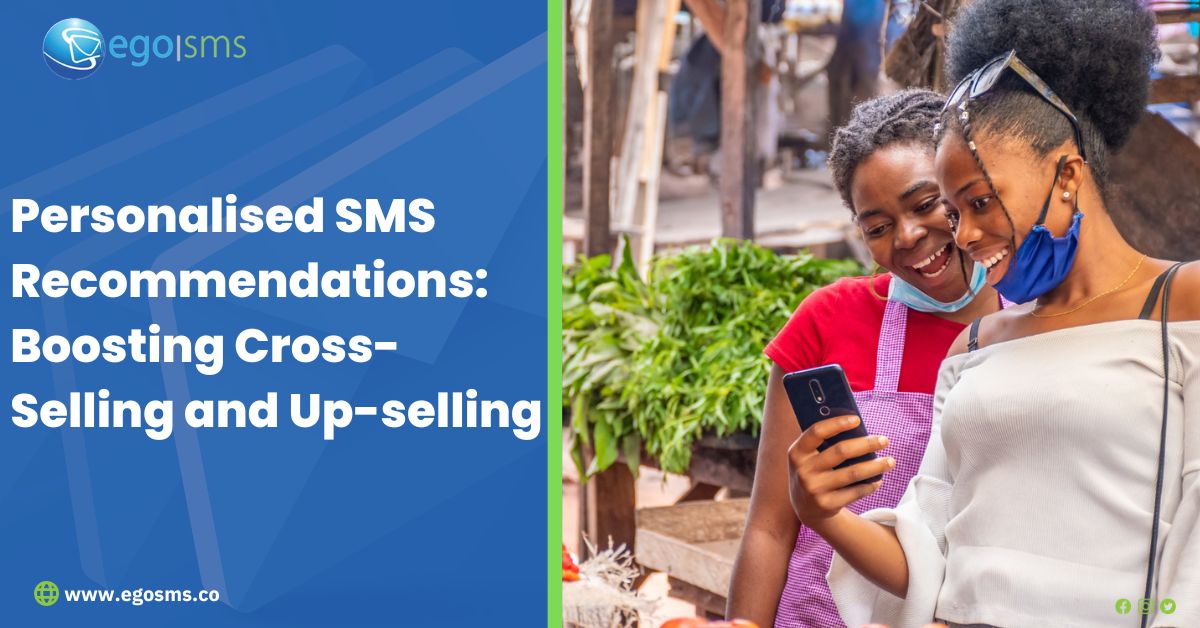
Cross-selling is a sales technique where a company promotes additional products or services to existing customers. The goal is to encourage customers to purchase complementary or related items that go well with their initial purchase. This strategy is based on the idea that customers who have already made a purchase are more likely to make additional purchases.
For example, if a customer buys a laptop, a cross-selling approach might involve suggesting accessories such as a laptop bag, mouse, or software. In the context of financial services, cross-selling might involve offering a customer who has a savings account additional products like a credit card, insurance, or an investment account.
Cross-selling is often seen as a way for businesses to increase revenue, enhance customer satisfaction, and strengthen customer relationships. However, it’s important to approach cross-selling ethically and ensure that the additional products or services being promoted genuinely provide value to the customer. When done effectively, cross-selling can benefit both the customer and the business by meeting more of the customer’s needs and increasing the average transaction value.
Upselling is a sales technique where a seller encourages the customer to purchase a more expensive or upgraded version of the product or service they are considering. The primary goal of upselling is to increase the value of the sale by convincing the customer to buy a higher-end or more feature-rich option.
Unlike cross-selling, which involves offering additional products or services, upselling focuses on convincing the customer to spend more on the current product or service they are interested in. This could involve recommending a premium version, an upgraded model, or additional features that come with a higher price.
For example, if a customer is looking at a smartphone with a certain amount of storage, the salesperson might suggest upgrading to a model with more storage capacity. In a restaurant, an upselling strategy might involve recommending a larger portion size, a premium dish, or adding extra toppings.
Effective upselling requires a good understanding of the customer’s needs and preferences, as well as the ability to communicate the added value of the more expensive option. When done appropriately, upselling can result in increased revenue for the business while providing the customer with a product or service that better meets their requirements. However, it’s important to strike a balance and ensure that the upsell genuinely benefits the customer rather than being perceived as a pushy or unnecessary tactic.
Personalised SMS recommendations can be a powerful tool for boosting cross-selling and upselling in various industries, such as e-commerce, retail, or service-oriented businesses. Here’s a step-by-step guide on how to effectively implement this strategy:
- Understand Your Customers:
- Start by segmenting your customer base. Identify different customer personas based on their purchase history, preferences, and behaviour. This segmentation will help you create tailored recommendations.
- Collect Data:
- Gather data on customer behaviour, including past purchases, browsing history, and any other relevant information. This data will be essential for generating personalized recommendations.
- Recommendation Engine:
- Implement a recommendation engine that uses algorithms to analyze customer data and generate product or service suggestions. Common algorithms include collaborative filtering, content-based filtering, and hybrid methods.
- Craft Engaging Messages:
- Create personalized SMS messages that are engaging and relevant to the recipient. Include the recipient’s name and make the message sound like it’s coming from a friend, not a faceless company.
- Timing Matters:
- Send SMS recommendations at the right time. For example, sending product recommendations related to a customer’s recent purchase shortly after the purchase can be more effective. Consider the customer’s time zone and their historical response patterns.
- Clear Call-to-Action:
- Include a clear and enticing call-to-action (CTA) in your SMS message. Use action-oriented language to encourage customers to take the desired action, such as “Shop Now” or “Discover More.”
- Personalisation:
- Mention the customer’s name in the SMS and refer to their previous purchases or interactions with your brand. This personal touch can make the recommendations feel more relevant. You can use their given name to sound more friendly.
- A/B Testing:
- Continuously test different messaging approaches, recommendation algorithms, and CTAs to see what resonates best with your audience. Use A/B testing to optimize your SMS campaigns.
- Compliance with Regulations:
- Ensure that your SMS marketing complies with relevant regulations. Obtain proper consent from customers before sending SMS messages.
- Feedback Loop:
- Encourage customers to provide feedback on the recommendations they receive. This can help you fine-tune your recommendation engine and improve future campaigns.
- Measure and Analyze:
- Track the performance of your SMS campaigns. Key metrics to monitor include open rates, click-through rates, conversion rates, and revenue generated. Analyze the data to assess the effectiveness of your cross-selling and upselling efforts.
- Iterate and Improve:
- Use the insights gained from your analytics to refine your approach. Continuously iterate on your recommendation strategies, messaging, and timing to maximize results.
- Customer Support:
- Offer customer support or assistance for customers who have questions about the recommendations. Excellent customer service can increase trust and boost the chances of successful cross-selling and upselling.
- Multi-Channel Integration:
- Consider integrating SMS recommendations with other marketing channels, such as email, social media, and your website, for a cohesive and omnichannel approach.
Remember that successful personalized SMS recommendations are built on a foundation of understanding your customers, respecting their preferences, and delivering value through relevant and engaging content. When done right, this strategy can significantly increase sales and customer engagement. To begin using SMS to cross-sell and up-sell your products, sign up for EgoSMS here.

